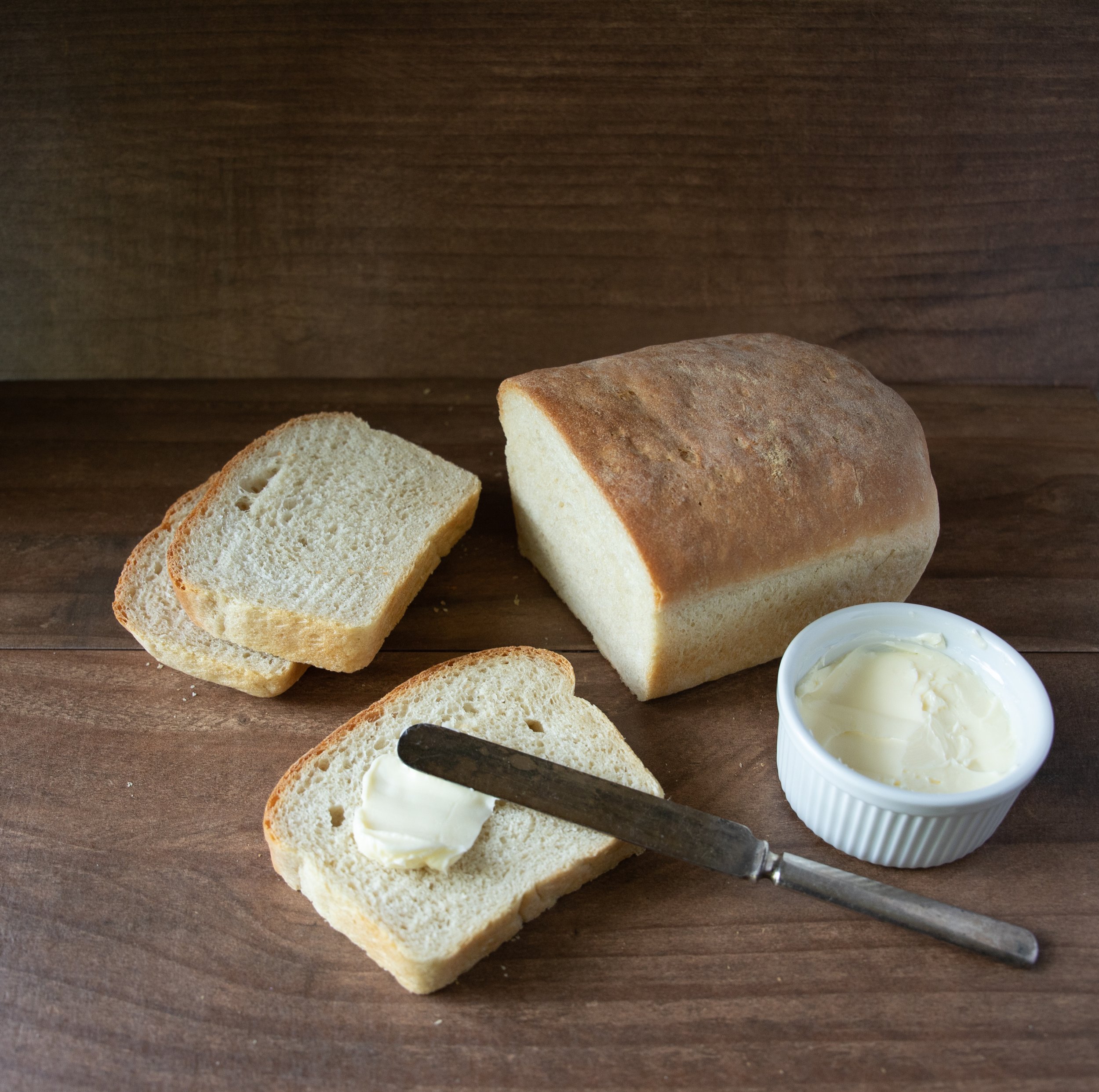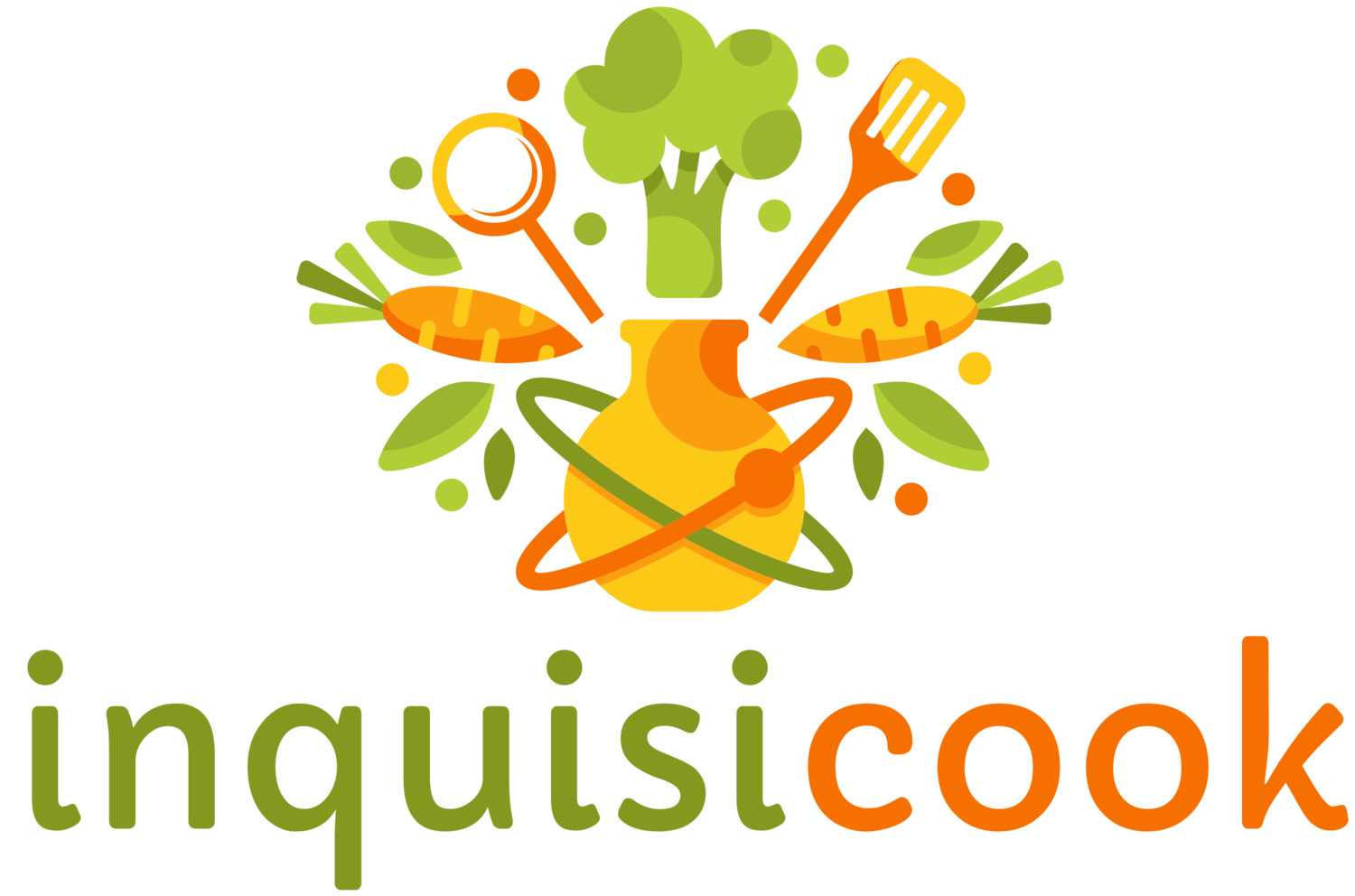
Yeast Breads Instructor Resources
Yeast Breads Student Printables
This document contains all the Yeast Breads Unit printables except password-protected documents (e.g., unit test & instructor answer keys).
Lesson 1
Gluten is what provides the structure for yeast breads. It’s essential that students understand the role it plays and how it develops. The student’s model should be similar to the three stages shown in the graphic.
Lesson 2
It takes a lot of water and a long time to wash away all the starch. Encourage students to stick with it until the water runs clear. They almost certainly won’t be able to blow a bubble immediately after extracting the gluten, but after a long rest, it’s doable.
Lesson 4
Students have learned from the video that salt suppresses yeast activity and sugar feeds it. It would be reasonable for them to predict that the sample with only yeast, water, and sugar will inflate the balloon the most. Their comparison worksheet should include notes on the balloon inflation and/or the appearance of the bottle contents for each sample, as well as a valid conclusion.
Lesson 5
Since all ovens are different, it’s important for students to watch for the marks of doneness as the focaccia bakes.
Lesson 7
The dinner rolls in this recipe are very large. If you prefer smaller servings, have the student divide the dough into 24 pieces instead of 12.
Lesson 9
After the cinnamon rolls are formed, they can be refrigerated overnight for their final rise if you prefer. Have the student take them out of the refrigerator the next morning 30 minutes prior to baking.
Lesson 10
Artisan Bread Shapes Answer Key
In this lesson, students are asked to quickly sketch and label the bread shapes described in the video. The purpose is to help commit the shapes to memory, so as long as the sketches capture the general idea, they’re good enough.
Lesson 11
The student can choose between a traditional approach or a no-knead version of this bread. Because of the long fermentation time, the no-knead loaf will have superior flavor. However, it probably won’t rise quite as high as the traditional one.
Lesson 13
This recipe is the #1 student favorite in Inquisicook 1. It’s not difficult, but the more care they take with the details, the better their results will be. Slicing with precision and making sure twisted ends are securely sealed together allows the bread to hold its shape.
Lesson 15
The Unit Tests are password protected to prevent students from getting a sneak peek in advance.
The password for the Yeast Breads Unit Test is gluten. Please keep this password private.

